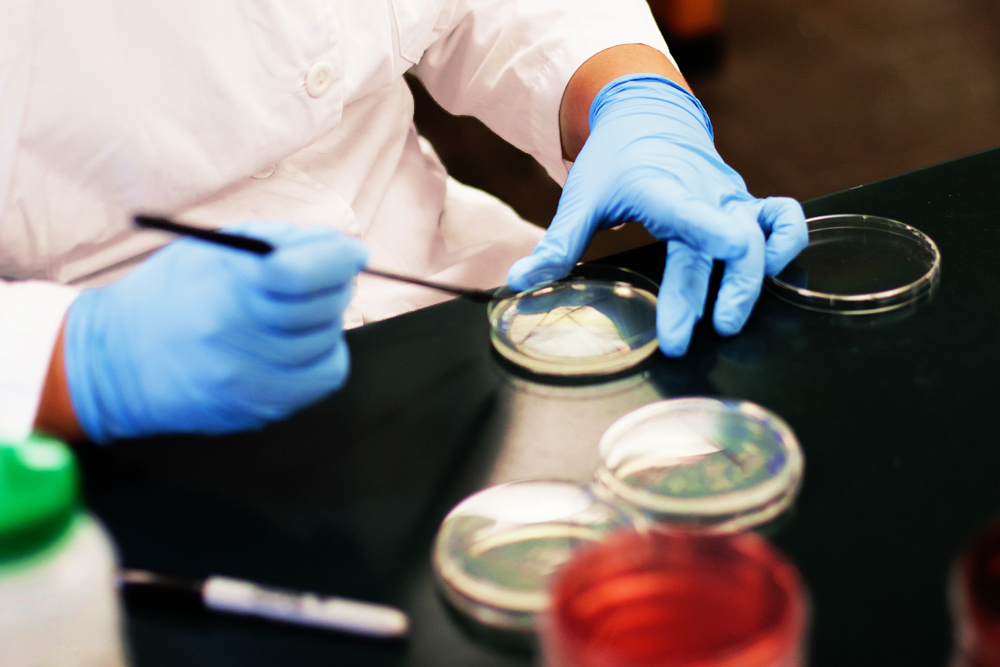Clark offers budding researchers a way to pursue their careers
Clark College is providing an unprecedented opportunity for eligible students to start their research careers while still in community college–getting hands-on research opportunities, paid internships, and special educational support to help them succeed in the exciting career of scientific researcher.
This opportunity comes through a recently developed program called BUILD-EXITO. Introduced in 2015, BUILD-EXITO is a program designed to support undergraduate students who are interested in pursuing research careers in the biomedical, behavioral, clinical, health, and social sciences. Scholars receive a broad range of support and opportunities. Over the course of their three years in the program (one here at Clark, the other two at Portland State University, the University of Hawaii at Mānoa, the University of Alaska in Anchorage, or the University of Guam), scholars will enroll in specific courses and will participate in workshops designed to enhance their skills and knowledge in science and research. In additional to summer research training, scholars will be placed in research labs and will receive paid research internships, as well as some tuition benefits. And scholars will have access to dedicated advisors and mentors to help them navigate their educational pathway.
This a great opportunity for students interested in solving pressing medical problems, discovering new scientific breakthroughs, or simply satisfying their curiosity about the world around them. Interested students can visit The first step to applying is to visit the BUILD-EXITO website–but they should do so quickly, as the application deadline before noon on Friday, March 4.
Clark students interested in participating in the program may direct questions to Professor Travis Kibota (tkibota@clark.edu, 992-2282). Dr. Kibota can put interested students in contact with one of Clark’s current 2015 BUILD-EXITO scholars to get some first-hand information about the program.
This article was contributed by Prof. Roberto Anitori













